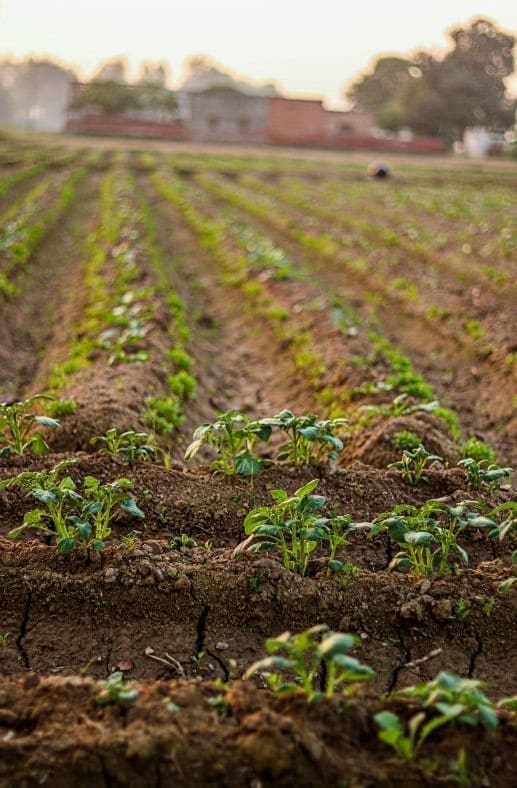By Trish Svoboda
The combination of drought, low commodity prices, and elevated input costs resulted in a decrease in net income in 2023 for farms recorded in the Kansas Farm Management Association’s database.
Mark Dikeman, the Executive Director of KFMA, reported that the net income for the 823 Kansas farms analyzed in 2023 dropped to $98,299. This is a reduction of nearly $80,000 compared to the state’s net farm income in 2022.
Dikeman highlighted the ongoing drought which started in 2022 and continued into 2023, significantly affected a large part of the state. The combination of lower yields and reduced prices compared to 2022 led to a decline in income.
Crop producers were also hit hard by the rise in input costs, especially for seeds and fertilizers. Since 2019, there has been an increase of approximately $8 per acre in seed costs and a $15 per acre rise in chemical costs. Despite a decrease from its peak in 2022, the cost of fertilizer has gone up by nearly $34 per acre since 2019.
In Kansas, the 2023 yields for crops like corn, milo, and sorghum were similar or slightly higher than in 2022, but still below historical averages. However, this did not lead to an increase in income for producers due to lower grain prices.
The beef sector took on a larger share of profitability in 2023, contributing nearly 23% to the gross revenue of KFMA farms, up from 16% in 2022.
Government assistance, specifically crop insurance, played a crucial role in sustaining many farmers. The net crop insurance, which is the difference between payments received and premiums paid by farmers, accounted for nearly $82,500 of the average net farm income of $98,229 in the state.













